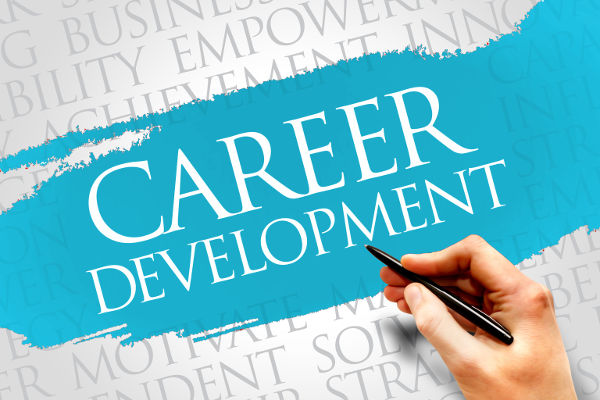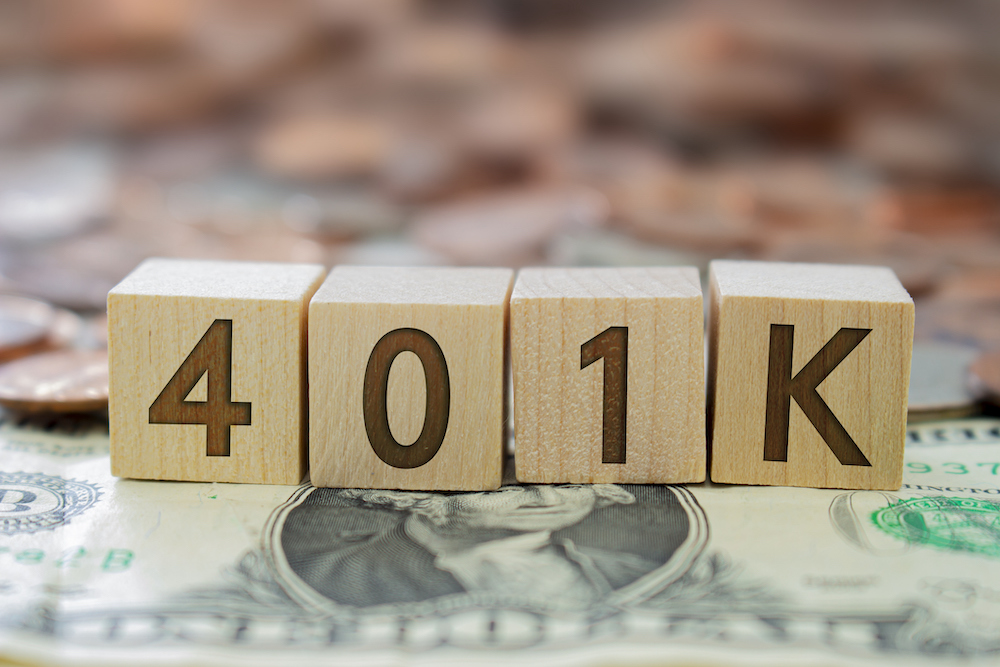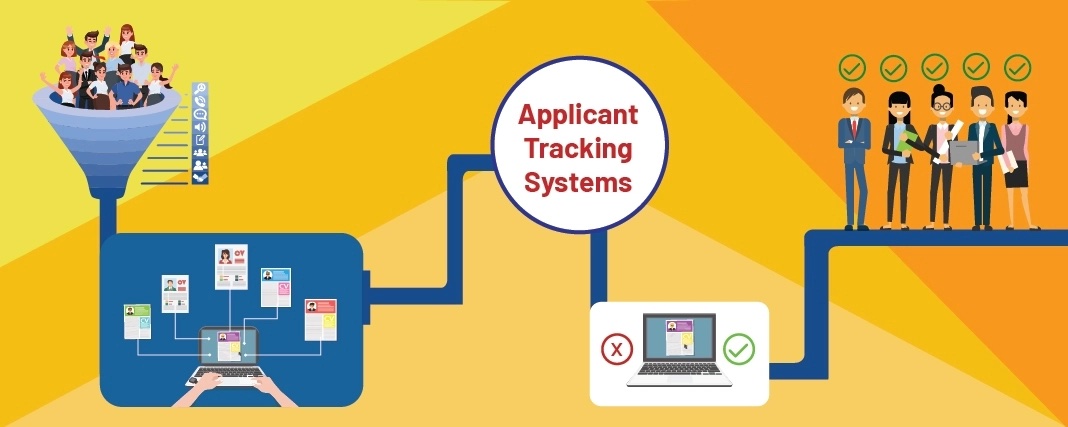You may move up the corporate ladder more quickly if you set concrete, attainable goals for your professional development. Creating a career development plan might be time-consuming, but it will pay off in the end when you have a clearer picture of your professional goals and the steps you need to take to achieve them.
See Also: The Role of a Mentor in Career Development
How to Create a Development Plan for Your Professional Future
Determine your present role.
Taking stock of your current professional situation is the first step in crafting any kind of advancement strategy. You might take this opportunity to assess your existing set of abilities and strengths.
Questions to ponder at this juncture include:
- When asked, “What have I done in the past?”
- To what do I look forward?
- When it comes to innate abilities, what do I excel at?
- When I am most enthused and driven by my work, what am I doing?
- How do I feel about taking the lead, collaborating with others, or going it alone?
- Why do I feel so energized? In what ways do I lose strength?
- How can I know whether there’s a particular purpose for my life?
- What aspects of my job keep me excited about getting out of bed each day?
Take your time and jot down your thoughts in response to the following inquiries. Take stock of where you are in your field of study and in your job, including such details as whether you have completed your degree or would like to continue your education at the graduate level.
Next, figure out where you want to go.
Afterward, figure out your professional goals by completing the following:
Career Development #1: Brainstorm.
You need to throw away any self-doubt or hesitation that is stopping you. Do you have a specific job in mind? If you could do anything you wanted over the next five to ten years, what would it be? Describe your ideal professional outcome. Include a mid-level executive position as a goal if that’s your ultimate career objective.
Draft more succinct phrases outlining your more specific objectives.
Planning your desired end state in manageable chunks can be quite useful. If you could have your current position and set of abilities and use them to propel your career forward, where do you see yourself in two years? This increase is similar enough to your present routine to be easily pictured.
Career Development #2: Think about the next decade.
The next step is to visualize your future self five to ten years from now. This is a bigger step, and it will need you to think about possibilities that may come two or three stages down the road. Do you hope to advance in your current company? Do you seek employment elsewhere? Maybe you’re looking to make a whole career change. Verify if your inner drives are reflected in your stated objectives.
These first two phases will help you get insight into your skills and the various job paths open to you. You are now in a position to evaluate potential routes to your final destination.
Career Development #3: Conduct a gap analysis
You may now do a gap analysis to identify the space between your current situation and your desired future state. Carry out a gap analysis by doing the following steps:
Career Development #4: Study the fields that interest you
Using your two- or five-year career plan as a guide, search for open positions that align with your ambitions. Verify that the job’s stated criteria and your current skill set are a good fit.



















